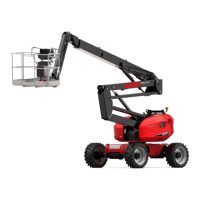
Do you have a question about the Manitou 160 ATJ E3 and is the answer not in the manual?
| Brand | Manitou |
|---|---|
| Model | 160 ATJ E3 |
| Category | Boom Lifts |
| Language | English |
Guidelines for company managers regarding platform operation and safety.
Procedures and rules for safe operation by authorized personnel.
Guidance on operating the platform during movement and on different terrains.
Safety procedures for working near overhead power lines and electrical conductors.
Maintaining clear visibility during platform operation and maneuvering.
Procedures for safely starting the engine and platform.
Safe practices and considerations for driving the platform.
Procedures for safely stopping and parking the lifting platform.
Safety precautions for welding and using blow torches on the external structure.
Procedures for routine and periodic maintenance tasks.
Steps for preparing the platform for extended periods of non-use.
Guidelines for environmentally sound disposal and recycling of platform components.
Identification and explanation of safety labels and symbols on the machine.
Explanation of common symbols used on the platform for operation and safety.
General safety advice, towing, washing, and load information.
Information on the maximum load a wheel may exert on the ground.
Location and function of keys, emergency pump, and manual controls.
Identification and explanation of risks such as crushing, moving parts, and danger zones.
Details on burn risks, arm support, safety attachments, and washing recommendations.
Information on tie-down hooks, hydraulic oil, diesel, and anti-freeze.
Location and function of sensors, battery symbol, and electrical safety distance.
Identification of burn hazards, moving parts, electrical safety, and tire usage.
Official declarations of compliance with European directives for specific models.
Details on manufacturer plates and EWP additional information plates.
Detailed specifications for 160 ATJ E3 series models.
Detailed specifications for 180 ATJ 2 E3 and 180 ATJ 2 E3 RC models.
Technical drawings and measurements for various platform models.
Technical drawings and measurements for the 160 ATJS E3 model.
Technical drawings and measurements for 180 ATJ 2 E3 series models.
Operational diagrams and load capacity charts for 160 ATJ E3 series.
Operational diagrams and load capacity charts for 180 ATJ 2 E3 series.
Overview of platform functionality, controls, and general operation.
Detailed explanation of the ground maintenance and emergency station controls.
Detailed explanation of the controls located in the operator's basket.
Explanation of the interface screens and their functions during operation.
Overview of available sub-menus for settings, diagnostics, and parameters.
Step-by-step guide on starting, moving, and operating the platform.
Procedures for setting up, lowering, and stopping the platform on site.
Instructions for safely loading and unloading the platform onto a truck bed.
Steps to follow in case of operator illness, breakdown, or emergency.
Explanation of optional features like generator and safe man system.
Guidance on using genuine Manitou parts for servicing and repairs.
Checklist for verifying all systems and components during initial setup.
Details on replacing and maintaining engine and hydraulic system filters and belts.
Identification of key electrical safety components like sensors and pedals.
Recommended lubricants, oils, and fuel types for optimal performance.
Schedule of maintenance tasks based on operating hours and time intervals.
Daily inspection and functional check procedures for safe operation.
Maintenance tasks required every 50 operating hours.
Maintenance tasks required every 250 operating hours.
Maintenance tasks required every 500 operating hours.
Maintenance tasks required every 1000 operating hours.
Maintenance tasks required every 2000 operating hours.
Maintenance tasks performed as needed or periodically.


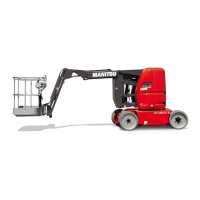

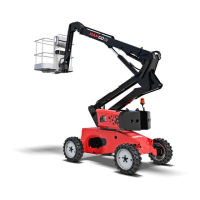
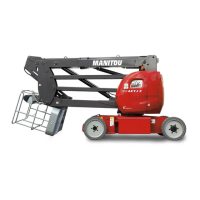
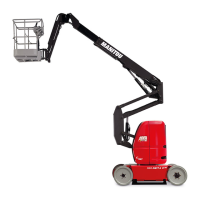
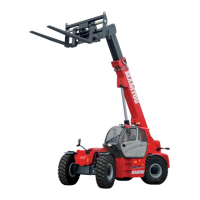


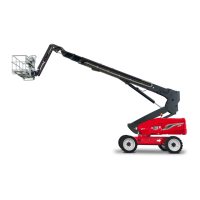

